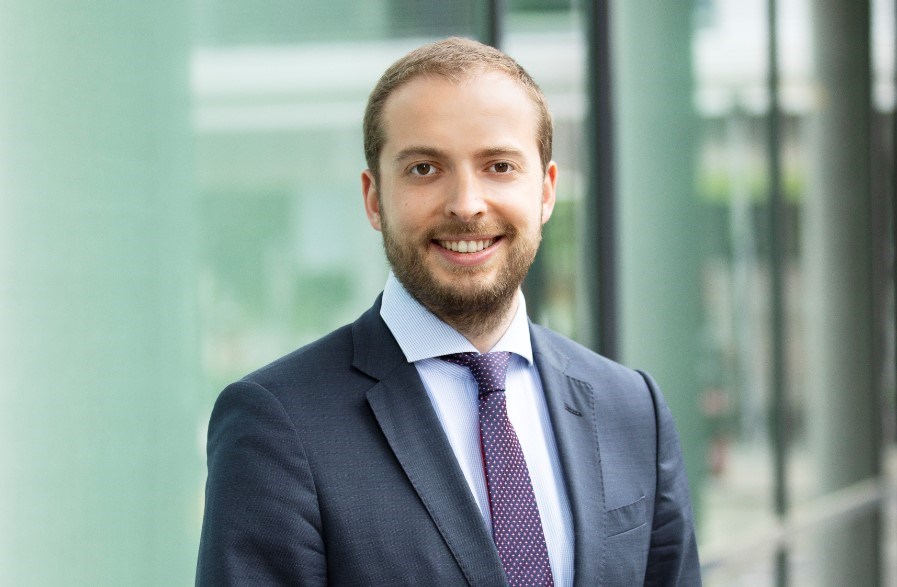


With the transformation of energy markets, the role of energy sources is also undergoing a significant change. In power generation, for example, the proportion of renewables is increasing rapidly. “However, the world will surely need natural gas as a transition fuel, as a relatively cleaner way to have flexibility in power markets,” remarks Mr. Vargha.
From an environmental perspective, eliminating lignite production is a far more pressing concern than eliminating gas consumption or gas-based power production. Lignite and gas are both providers of power flexibility, and renewables are users of power flexibility.
“As long as batteries remain uneconomical on a large scale, natural gas is the go-to transition power flexibility provider to the world,” says the CEO of MET International. Gas emits significantly less than lignite or coal. In the case of any abrupt exit of lignite-based power production, more gas-based power production will be needed. As currently there is not even enough CCGT infrastructure to enable the exit of lignite, coal-based capacities will need to be restored to support additional volatility linked to renewables.
Power grids are struggling with the surge of renewable production because it is too volatile – the weather is unpredictable and day production is very different to that produced at night. Europe will need to solve power grid stability problems even before decommissioning lignite power plants.
If Europe needs natural gas to produce power, where can this gas be sourced? György Vargha considers that gas storages – as a tool to balance supply and demand characteristics within the year – provide only a temporary solution. “If LNG doesn’t come during winter for example, Europe will need more gas. This winter LNG imports have been substantially lower than in the previous one and a half years, and storages are emptying very quickly,” he explains.
Currently the only country that has extra capacity to send natural gas to Europe – outside of its storage infrastructure – is Russia. “How much LNG will come into European markets is an Asian question, as Europe is the last resort buyer of LNG. If Asia is buying more LNG, less LNG will come to Europe,” says Mr. Vargha. In the case of less LNG, Europe will need to import excess gas from Russia or deplete its storages.
Domestic gas production in Europe is quickly decreasing, and new gas discoveries in the region have not yet materialised. Russia is the lowest marginal cost natural gas supplier to Europe, having the capacity to supply Europe with additional gas volumes.
As for the European LNG market, the Mediterranean region (Greece, Croatia, Italy, Spain) is a premium buyer compared to Northwest Europe. It gives flexibility to this region – as the first to attract LNG it retains the flexibility to divert this LNG into more expensive areas. Swiss-based energy company MET Group have recently booked capacities in the Croatian LNG terminal for a three-year period, amounting to 1.3 billion cubic meters overall.
“This is a difficult region, with low liquidity and a complicated environment,” says MET International’s CEO. Nevertheless, as a now direct buyer of LNG this region is becoming part of the global gas trading. As the Mediterranean becomes linked to the global LNG markets and makes gas deliveries to end-customers cheaper, MET will seek to support this.
György Vargha notes that this is a core strategy for MET Group, to manage risks in ‘difficult countries’ in an integrated way. “We manage sales positions, import/export positions, storages as well as power assets in an integrated manner, so that we can overcome difficulties arising from liquidity and manage the risks properly,” he says. “With increased volatility, there is an ever-growing need for partners managing physical supply and financial risks in an integrated manner: MET is such a partner.”
Both LNG and renewables are extremely important to MET Group. The strategy of MET is to manage the positions arising from the sales portfolios and assets (renewables, CCGT) in an integrated way through the trading desk. With this in place, there is substantial value to be added to industrial customers in managing their price risk and in managing the liquidity risk in the region. For renewables, there is significant value added if a trading floor can hedge fixed price exposure on an extended time horizon to enable further investments.
A key price input to the gas market, and by extension the power market – as both markets tend to move in tandem – is LNG. The rate at which LNG comes into Europe will be a large determinant of the price inputs. “Although renewables are a flagship of the growth of MET Group, as I’m responsible for the risk management of the portfolio, I believe LNG is equally important,” underlines Mr. Vargha.
Source: Energy Voice